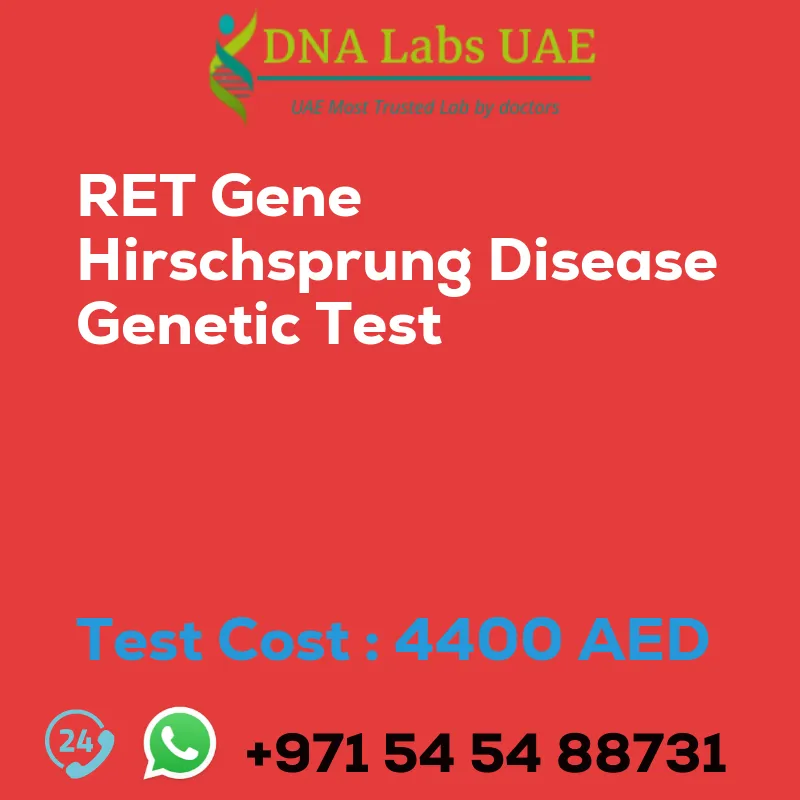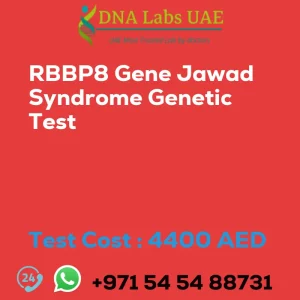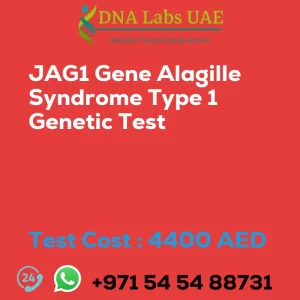RET Gene Hirschsprung disease Genetic Test
Components: RET Gene Hirschsprung disease Genetic Test
Price: 4400.0 AED
Sample Condition: Blood or Extracted DNA or One drop Blood on FTA Card
Report Delivery: 3 to 4 Weeks
Method: NGS Technology
Test type: Dysmorphology
Doctor: Pediatrics
Test Department: Genetics
Pre Test Information: Clinical History of Patient who is going for RET Gene Hirschsprung disease NGS Genetic DNA Test. A Genetic Counselling session to draw a pedigree chart of family members affected with RET Gene Hirschsprung disease NGS Genetic DNA Test gene RET
Test Details
The RET gene is associated with Hirschsprung disease, a congenital disorder that affects the large intestine (colon) and causes problems with bowel movements. Hirschsprung disease is characterized by the absence of nerve cells in certain parts of the colon, leading to a blockage of stool and a variety of symptoms, including constipation, abdominal distension, and failure to thrive.
NGS (Next-Generation Sequencing) genetic testing is a technique used to analyze the DNA sequence of an individual’s genes. In the context of Hirschsprung disease, NGS genetic testing can be used to identify mutations or variations in the RET gene that may be associated with the condition.
NGS genetic testing for Hirschsprung disease can be performed using various methods, such as targeted gene panel sequencing or whole-exome sequencing. These tests can identify specific genetic changes in the RET gene that are known to be associated with Hirschsprung disease.
By analyzing the DNA sequence of the RET gene, NGS testing can help diagnose individuals with Hirschsprung disease and provide valuable information for genetic counseling and treatment decisions.
It is important to note that NGS genetic testing for Hirschsprung disease is typically performed in specialized laboratories and requires a physician’s order. The results of the test should be interpreted by a healthcare professional with expertise in genetics to provide accurate diagnosis and appropriate management recommendations.
| Test Name | RET Gene Hirschsprung disease Genetic Test |
|---|---|
| Components | |
| Price | 4400.0 AED |
| Sample Condition | Blood or Extracted DNA or One drop Blood on FTA Card |
| Report Delivery | 3 to 4 Weeks |
| Method | NGS Technology |
| Test type | Dysmorphology |
| Doctor | Pediatrics |
| Test Department: | Genetics |
| Pre Test Information | Clinical History of Patient who is going for RET Gene Hirschsprung disease NGS Genetic DNA Test. A Genetic Counselling session to draw a pedigree chart of family members affected with RET Gene Hirschsprung disease NGS Genetic DNA Test gene RET |
| Test Details |
The RET gene is associated with Hirschsprung disease, a congenital disorder that affects the large intestine (colon) and causes problems with bowel movements. Hirschsprung disease is characterized by the absence of nerve cells in certain parts of the colon, leading to a blockage of stool and a variety of symptoms, including constipation, abdominal distension, and failure to thrive. NGS (Next-Generation Sequencing) genetic testing is a technique used to analyze the DNA sequence of an individual’s genes. In the context of Hirschsprung disease, NGS genetic testing can be used to identify mutations or variations in the RET gene that may be associated with the condition. NGS genetic testing for Hirschsprung disease can be performed using various methods, such as targeted gene panel sequencing or whole-exome sequencing. These tests can identify specific genetic changes in the RET gene that are known to be associated with Hirschsprung disease. By analyzing the DNA sequence of the RET gene, NGS testing can help diagnose individuals with Hirschsprung disease and provide valuable information for genetic counseling and treatment decisions. It is important to note that NGS genetic testing for Hirschsprung disease is typically performed in specialized laboratories and requires a physician’s order. The results of the test should be interpreted by a healthcare professional with expertise in genetics to provide accurate diagnosis and appropriate management recommendations. |








